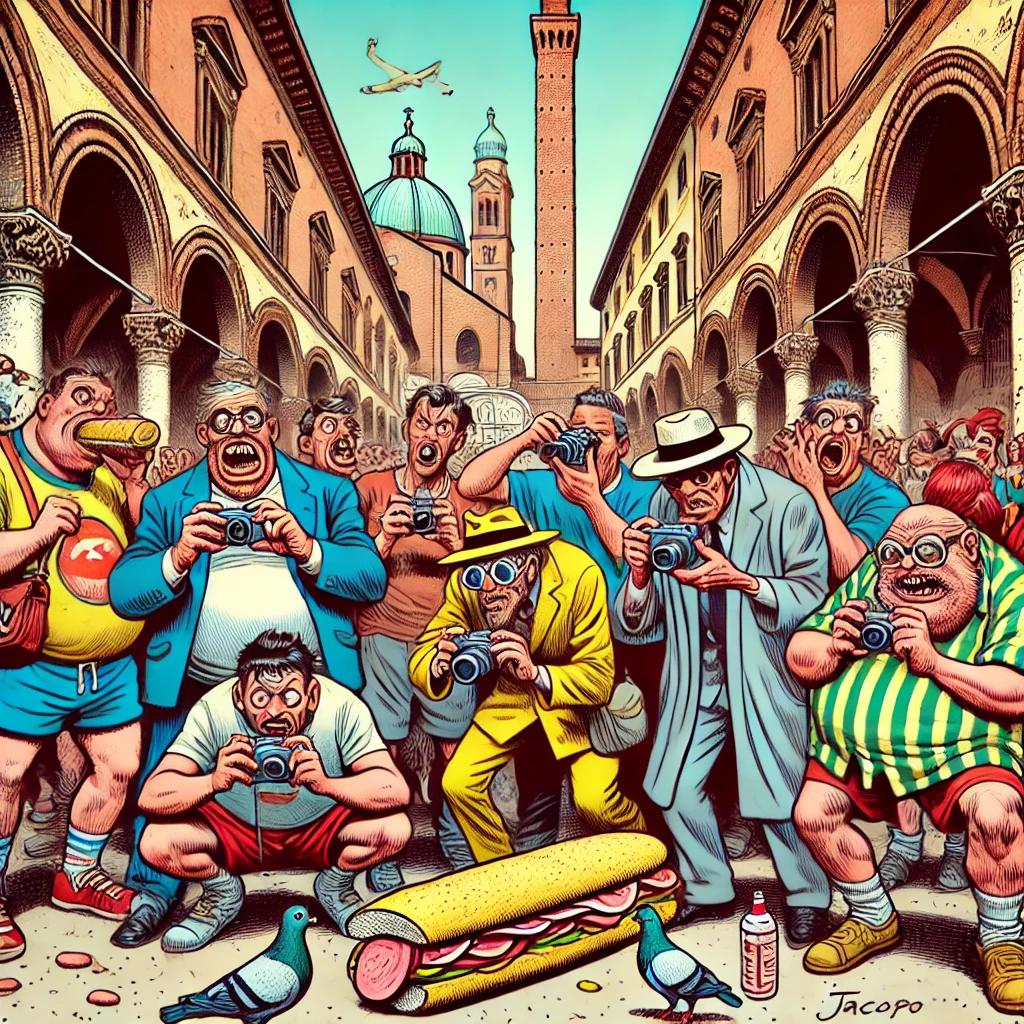
Introduction
Bologna, the capital of Italy’s Emilia-Romagna region, has long been cherished for its rich history, vibrant culture, and unparalleled culinary heritage. A decade ago, The New York Times celebrated Bologna as a hidden gem, a city that retained its authentic charm amidst the burgeoning tourism industry. However, fast forward to 2024, and the same publication now critiques the city as a cautionary tale of overtourism. This article examines the evolution of Bologna from an under-the-radar destination to a tourist hotspot and explores the challenges and opportunities in finding a sustainable balance.
Bologna’s Rise as a Hidden Gem
In 2015, The New York Times published an article titled «36 Hours in Bologna, Italy,» which painted a picture of Bologna as a city brimming with cultural and culinary delights, yet still relatively undiscovered by the masses. Evan Rail, the author, highlighted Bologna’s historical significance as home to one of the world’s oldest universities and its culinary contributions, including tortellini, tagliatelle, and mortadella. The article described the city as «scrappy» and «scruffy,» with a charm that was enhanced by its blend of ancient history and modern attractions. This was a city where one could wander under the iconic porticos, explore traditional markets like the Quadrilatero, and indulge in local delicacies without the overwhelming presence of tourists. Rail’s portrayal of Bologna positioned it as a must-visit for those seeking an authentic Italian experience off the beaten path.
The Shift Towards Overtourism
However, by 2024, Bologna’s narrative had drastically changed. In a critical piece published by The New York Times, Italian journalist Ilaria Maria Sala lamented how her hometown had transformed into what she described as a «tourist hell.» The once-hidden gem had become a victim of its own success, with low-cost airlines, short-term rentals, and social media propelling Bologna into the spotlight. Sala’s article, titled «My Beloved Italian City Has Turned Into Tourist Hell. Must We Really Travel Like This?», paints a grim picture of a city overwhelmed by mass tourism. Traditional shops and local businesses were replaced by chains focused on selling mortadella and other tourist-oriented products. This shift not only drove up rental prices, pushing students and locals out of the city center, but also eroded the authentic cultural fabric that had once made Bologna special(
Sala’s critique sparked significant backlash, particularly from Bologna’s mayor, Matteo Lepore, who argued that the article unfairly reduced Bologna to a caricature of itself, focusing solely on the negative aspects of tourism. He defended the city’s cultural and historical identity, insisting that Bologna is much more than just a «mortadella factory» catering to foreigners(
The Broader Context of Overtourism
The debate over Bologna’s transformation is not unique. Cities across Europe, including Barcelona, Venice, and Florence, have similarly struggled with the impact of overtourism. These cities have seen their historic centers commercialized and their local populations displaced as they become increasingly geared towards serving the needs of tourists. The challenge lies in managing this influx in a way that preserves the city’s cultural identity while still benefiting from the economic advantages that tourism can bring(
Where Is the Balance?
The question of balance in managing tourism is complex. On one hand, tourism can bring significant economic benefits, providing jobs and stimulating local businesses. On the other hand, without careful management, it can lead to the loss of cultural identity, the displacement of local populations, and the degradation of historic sites.
For Bologna, finding this balance might involve several strategies:
- Promoting Responsible Tourism: Encouraging tourists to engage with the city in a way that respects its culture and history is crucial. This could include promoting less-visited neighborhoods, encouraging longer stays that allow for deeper cultural engagement, and educating visitors about the impact of their actions.
- Supporting Local Businesses: Ensuring that local businesses can thrive amidst the influx of tourists is key to maintaining Bologna’s unique character. This could involve incentives for businesses that preserve traditional crafts and culinary practices, or restrictions on the types of businesses that can operate in certain areas.
- Regulating Short-Term Rentals: Addressing the housing issue by regulating short-term rentals can help prevent the displacement of residents and maintain the city’s livability for locals.
- Cultural Preservation Initiatives: Investing in the preservation of Bologna’s cultural heritage—its historic buildings, traditional foods, and local customs—can help ensure that the city remains true to its roots even as it welcomes visitors from around the world.
Conclusion
Bologna’s journey from a hidden gem to a city grappling with overtourism reflects broader trends in global travel. While the benefits of tourism are undeniable, they must be weighed against the potential costs to a city’s cultural and social fabric. For Bologna, the path forward lies in finding a sustainable balance that allows it to remain a vibrant, living city that locals and visitors alike can enjoy for generations to come. As both tourists and city officials consider the future, the focus should be on preserving what makes Bologna unique while adapting to the realities of a globalized world
Oppdag mer fra Emilia Delizia
Abonner for å få de siste innleggene sendt til din e-post.